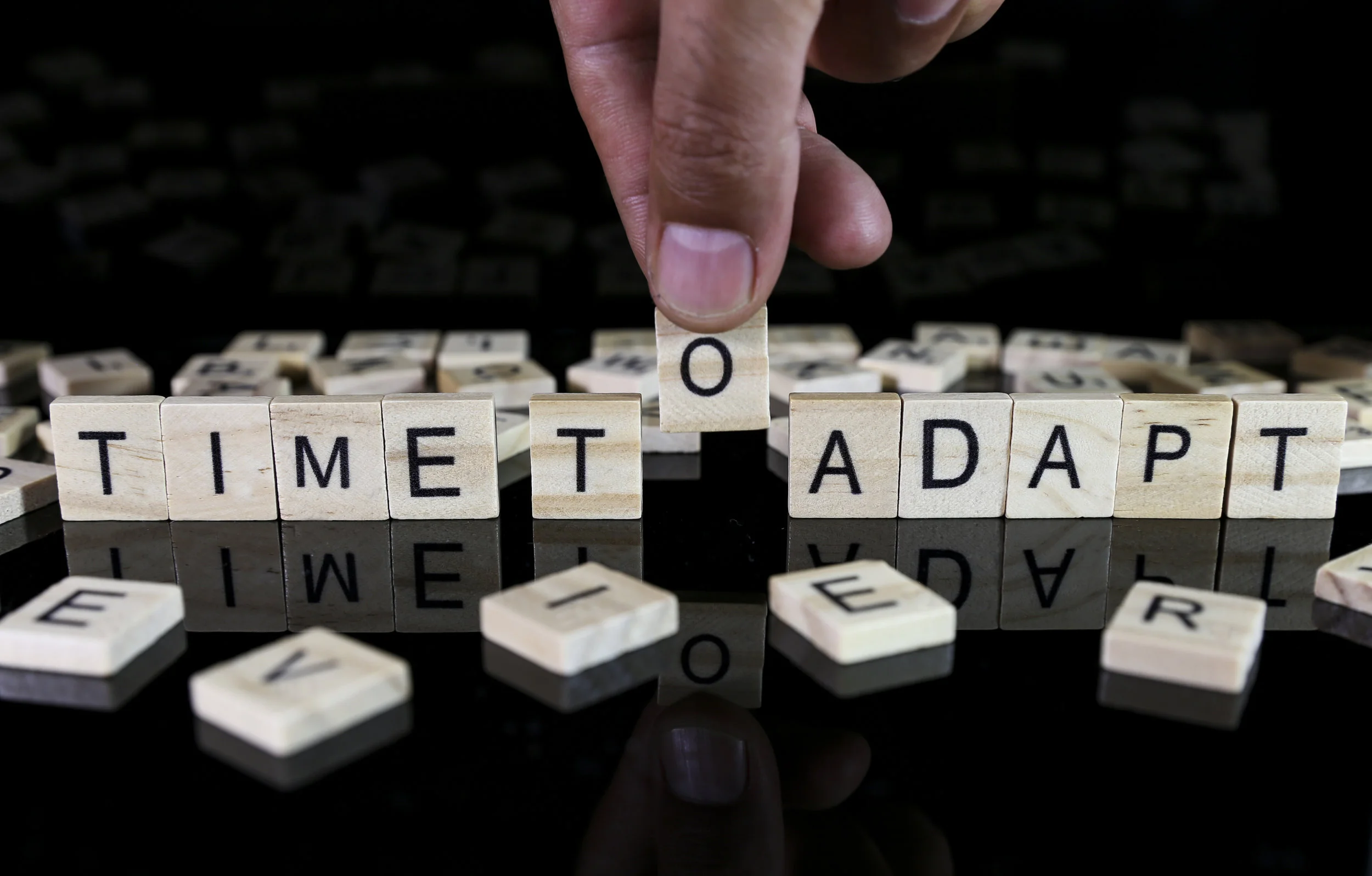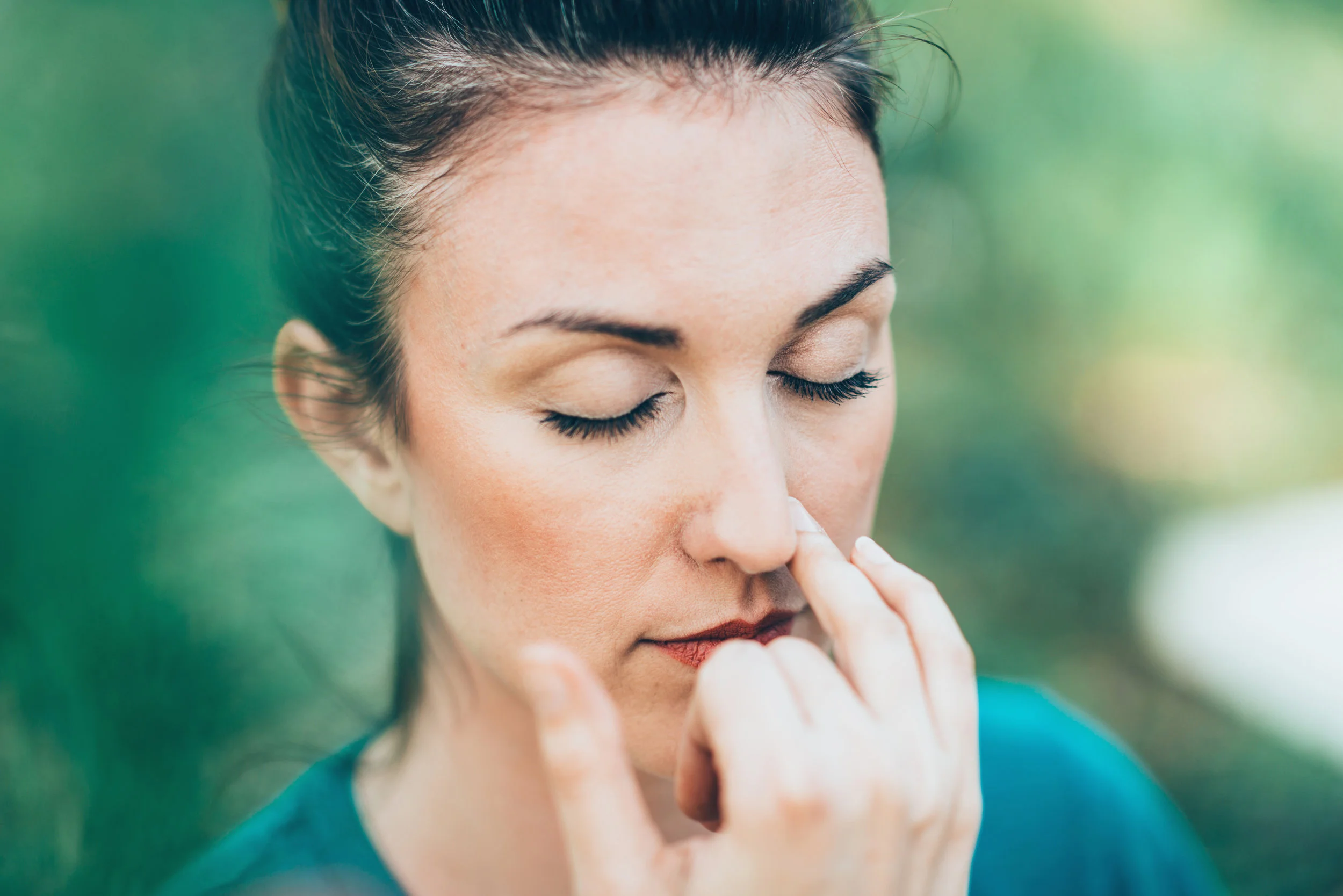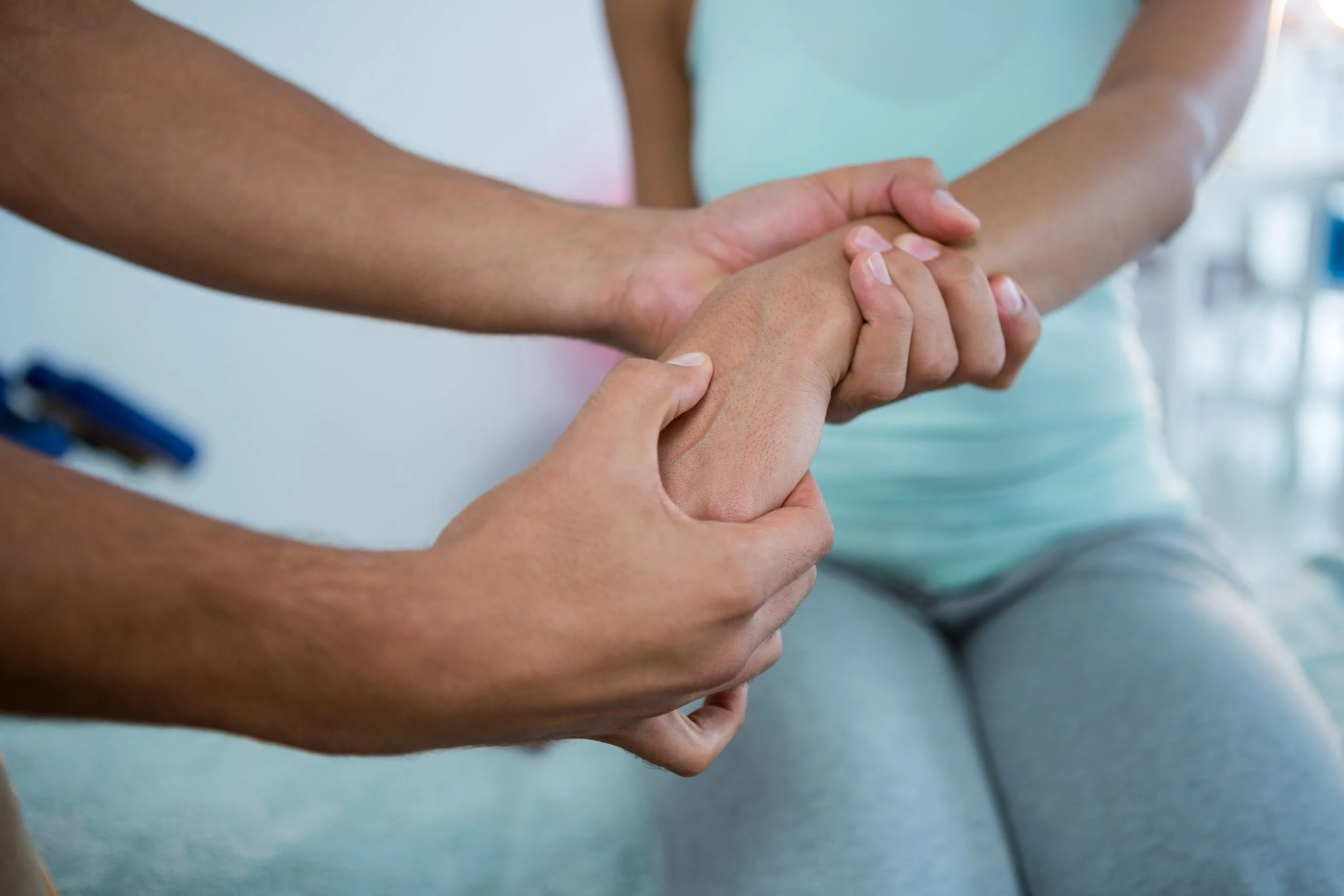Can I Use Osteopathy To Relieve Pain During Pregnancy?
/During pregnancy your body undergoes a great amount of change and development to accommodate a growing fetus. The postural changes and increase in weight are obvious, but other changes may be more subtle like the effects of hormonal softening of ligaments and the position of the growing baby. A combination of the above can put additional pressure on your joints and muscles of your spine and pelvis.
The most common complaints during pregnancy are:
- Lower Back Pain
- Sciatica
- Pelvic Girdle Pain
- Shortness of breath
- Neck, shoulder and upper back pain
- Insomnia
- Swelling
- High blood pressure
- Fatigue
Where Does Osteopathy Fit In During Pregnancy?
The philosophy of Osteopathy is that structure and function are interrelated and interdependent. Our treatments aim to normalize the structure so that it functions as efficiently as possible. Treatments during pregnancy are no different. We aim to assist the natural process of pregnancy and birth by aiding the body to adapt and align as the pregnancy progresses. Osteopathic treatment achieves this by using safe and efficient techniques, while making sure the mother is comfortable at all times.
During birth, a range of factors influences the descent of the baby through the pelvis. The mother's pelvis may be twisted or rigid which can interfere with the baby's passage through the birth canal. Osteopathic treatment can help to align your body so that your pelvis and lower back mechanics are in the best possible position they can be and with as little tension or restriction as possible.
Osteopathic treatment will maximize your body's ability to change and support you and your baby with minimum pain and discomfort.
Is It Safe To Have Osteopathic Treatment During Pregnancy?
Osteopathy is safe and gentle for both the mother and the baby. The techniques used during pregnancy are carefully selected to minimize any risk. These techniques are gentle and the comfort of the mother is always taken into consideration and may be adapted to suit each patient.
Some therapists use specifically designed pregnancy cushions if they need you to lie on your front for certain techniques. Pregnant patients can tell the therapist how comfortable they are in certain positions. An osteopath can accommodate any woman, regardless of size.
Can Osteopathy Help Postnatally?
Depending on the type of labour experienced, women can have a wide range of issues postnatally. Osteopathic care can help to restore and maintain normal pelvic alignment and mobility and therefore, taking away any pain and discomfort they may be feeling. If you have unresolved childbirth stresses from labour, these can contribute not only to ongoing back problems, but also to difficulties with menstruation, stress incontinence, and bowel problems such as constipation.
Osteopathic treatment can also help with aches and pains associated with poor breast-feeding posture, lifting car capsules and prams, carrying your baby and bending over the cot. Overall, postnatal treatment can help with long term preventative care, allowing you to relax and enjoy your new baby.
This article originally appeared on www.bellybelly.com.au











![Self-regulation “control [of oneself] by oneself"](https://images.squarespace-cdn.com/content/v1/55563e14e4b01769086817cb/1542845645966-PO2HGKF5JLUBM45UIWQ3/wee-lee-790761-unsplash.jpg)



















